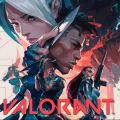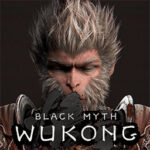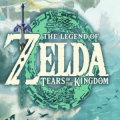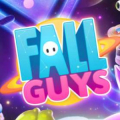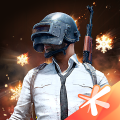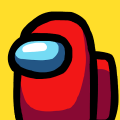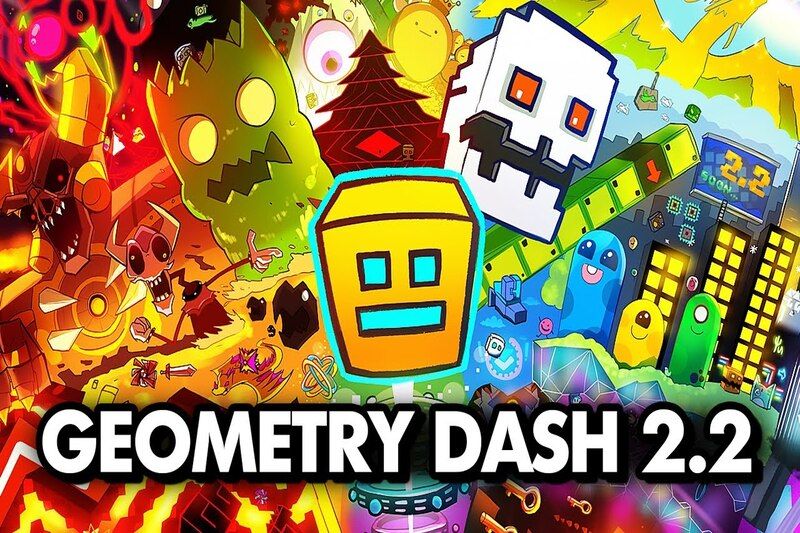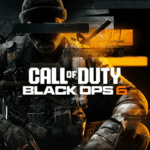Popular Now
Introduction
God of War Ragnarök builds upon the critically acclaimed 2018 reboot, continuing Kratos and Atreus’s emotional journey through Norse mythology. With massive expectations from fans and critics alike, Santa Monica Studio delivered a visually stunning, emotionally resonant experience. Yet one significant tension lies at the heart of the game’s design: the uneasy marriage between its linear, character-driven storytelling and its open-world, exploration-heavy gameplay.
This article explores how God of War Ragnarök grapples with these conflicting goals. We’ll examine how exploration disrupts narrative momentum, how the world design supports or clashes with emotional storytelling, and what this reveals about the limits of hybrid action-adventure design in modern games.
1. Foundations of Narrative: The Strength of Linear Progression
God of War Ragnarök’s story picks up a few years after the events of the first game, and it is tightly structured. Scenes are choreographed, performances motion-captured, and each line of dialogue carries emotional or mythological weight. The game's early hours are deliberately paced to build tension and character relationships.
This linear foundation is vital because:
-
It anchors the emotional stakes.
-
It introduces new characters (Thor, Odin) with maximum dramatic effect.
-
It sets a clear narrative trajectory toward Ragnarök itself.
Linear progression ensures that players experience scenes in the intended emotional order, a critical feature in a character-driven game.
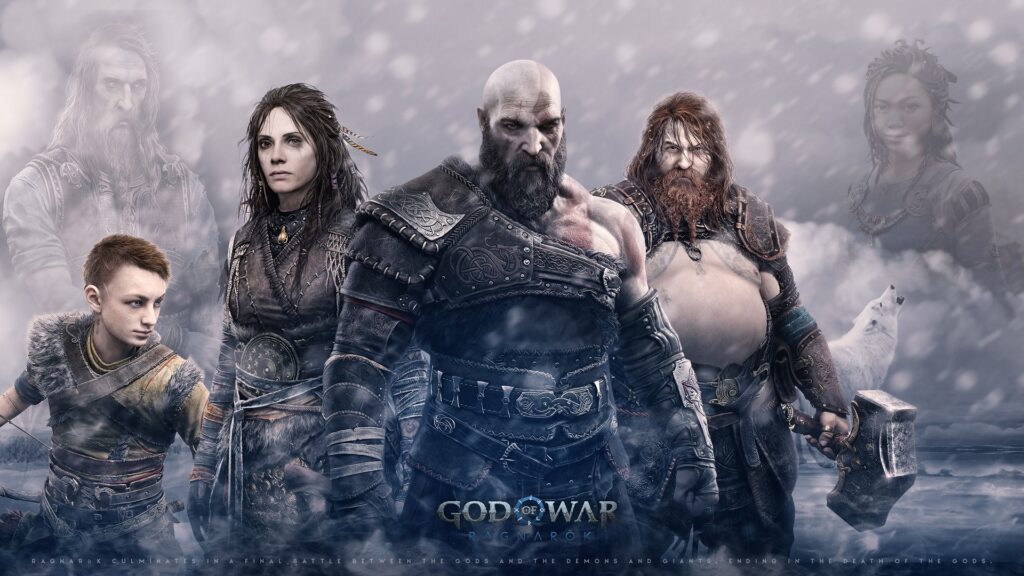
2. The Open World Returns: Realms Designed for Exploration
Despite this strong narrative spine, Ragnarök offers large semi-open areas such as:
-
Svartalfheim’s Dwarven wetlands and mines
-
Alfheim’s desert of the Elves
-
Vanaheim’s vast jungle and river systems
These locations allow for optional exploration, side quests (called Favors), and environmental puzzles. Many areas are inaccessible until players return later with new abilities—encouraging Metroidvania-style backtracking.
These spaces are beautifully crafted and filled with lore, secrets, and gear. However, they exist in tension with the main story’s urgency.
3. Narrative Urgency vs. Side Quest Freedom
One of the key conflicts in Ragnarök is pacing. When the narrative hits a dramatic peak—such as Atreus storming off or Kratos preparing for war—the player is often given the freedom to:
-
Explore side realms
-
Gather collectibles
-
Hunt for crafting materials
This leads to ludonarrative dissonance: the gameplay loop suggests freedom and curiosity, but the story suggests speed and focus.
For example: immediately after a high-stakes moment between Kratos and Atreus, the game often offers free roam—breaking the tension built just minutes earlier.
4. Mimir, Freya, and the “Exploration Dialogues”
The game tries to mitigate dissonance with adaptive dialogue. As Kratos explores optional areas, companions like Mimir or Freya might comment:
-
“We can continue the main journey when you’re ready.”
-
“There’s no rush—plenty of time to explore.”
While this technique attempts to blend freedom with narrative, it sometimes feels meta-aware and artificial. It acknowledges the dissonance but does not resolve it.
These exploration dialogues serve as both a buffer and a band-aid for the deeper tension between story and freedom.
5. The Consequence of Narrative Breaks on Emotional Arcs
Stopping the main story to do side quests can dull emotional stakes. For instance:
-
After a heated argument between Kratos and Atreus, taking a detour to fight Draugr for loot can feel emotionally incoherent.
-
The growing dread of Ragnarök is undermined when Kratos decides to go treasure hunting instead of preparing for war.
This isn’t a fault of writing but of structure. When gameplay gives too much control at the wrong narrative moments, the emotional arc fractures.
6. Rewarding Exploration vs. Punishing Incoherence
To its credit, Ragnarök makes side content worthwhile:
-
Favors often contain meaningful world-building.
-
Optional boss fights (Berserkers, Dragons, Crucibles) offer mechanical depth.
-
Hidden lore entries expand characters like Tyr or the history of the realms.
Yet this content, while rich, can distract from Kratos’s and Atreus’s personal growth. The more players engage in exploration, the more the tight narrative becomes a background hum.
There’s a clear trade-off: players are rewarded for detouring, but they risk dulling the urgency and pacing of the story.
7. Vanaheim: The Apex of Freedom and Fragmentation
Vanaheim is perhaps the best and worst example of the game’s open-world ambition.
-
The day-night cycle mechanic alters available paths.
-
New areas unlock upon return visits.
-
The Crater sub-region is one of the largest in the game.
This design encourages sustained exploration and feels almost like its own mini-game. Yet narratively, it’s disconnected. It’s possible to spend hours in Vanaheim right after a major story beat—delaying key resolutions.
This zone showcases Santa Monica Studio’s environmental and gameplay prowess but also highlights how the open-world scope strains narrative pacing.

8. Atreus’s Playable Sections: A Shift in Focus
When players control Atreus, the game becomes more focused and linear again:
-
Exploration is limited.
-
Dialogue tightly drives the story forward.
-
Emotional moments land more clearly.
These segments reveal the strength of narrative-first design. Atreus’s levels feel more emotionally cohesive because they don’t allow for detours. The player remains locked into the character’s perspective and journey.
This contrast makes the issue clearer: when freedom is reduced, emotional clarity increases.
9. Player Expectations and Modern Game Design Trends
Modern AAA titles increasingly blend open-world mechanics with cinematic storytelling (see Horizon, The Last of Us Part II). Players now expect:
-
Deep stories
-
Expansive worlds
-
Meaningful side content
However, satisfying all three pillars without one undercutting the other is extremely difficult.
Ragnarök, in trying to be both an emotional epic and a loot-driven adventure, occasionally undermines its own strengths. Exploration serves replayability and gameplay depth but sometimes at the cost of narrative integrity.
10. Lessons for the Future of the Franchise
God of War Ragnarök’s achievements are many, but its struggle between story and exploration offers important lessons for future entries:
-
Segment narrative peaks from exploration points more clearly.
-
Use narrative gating (like locked areas) to maintain urgency.
-
Allow major story events to temporarily disable side content.
-
Design smaller, more integrated exploration areas during peak emotional arcs.
Alternatively, the series could experiment with more nonlinear storytelling that accounts for player freedom—or lean more fully into linearity for emotional consistency.
The choice will shape how future games balance heart and freedom.
Conclusion
God of War Ragnarök is a masterclass in mythological storytelling, technical execution, and character development. Yet beneath its polished surface lies a subtle structural conflict: the tension between its compelling linear narrative and its sprawling optional exploration.
This isn't a flaw, but a growing pain—a symptom of modern game design striving to offer players everything at once. Ragnarök is both a tightly choreographed father-son drama and an expansive action RPG sandbox. But in trying to be both, it sometimes dilutes the power of each.
As the series looks beyond Ragnarök, its designers face a choice: will they pursue tighter emotional arcs or double down on open-world freedom? The answer will define the emotional power—and pacing precision—of Kratos's next journey.



